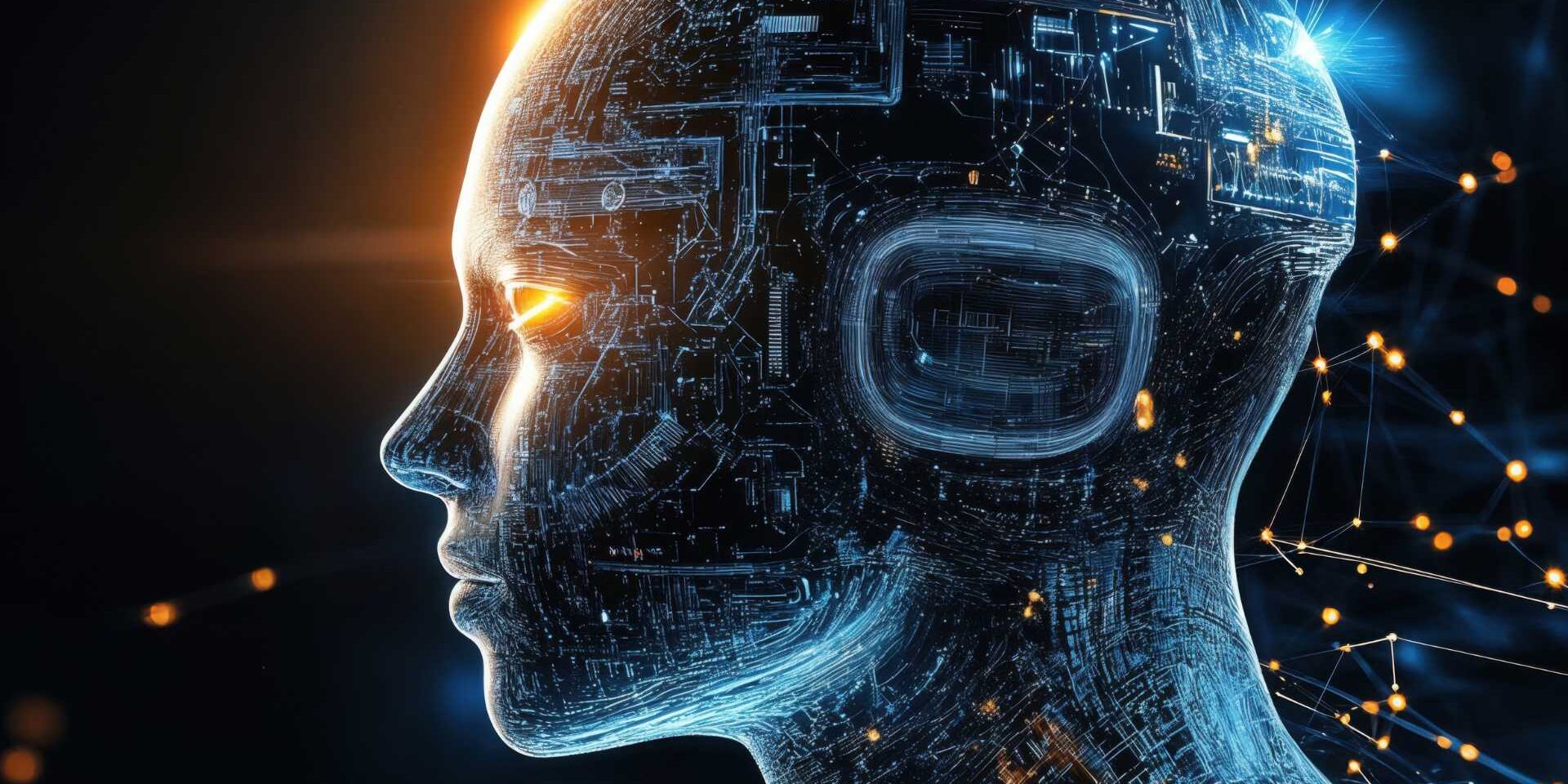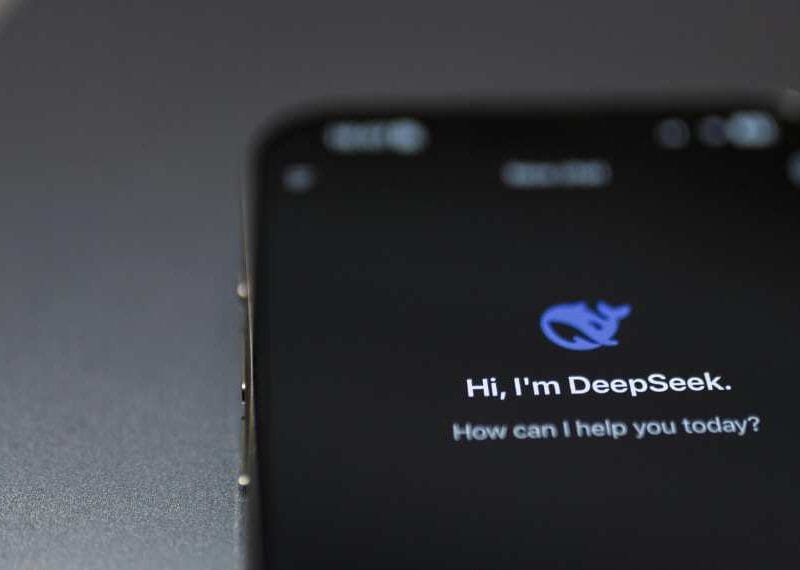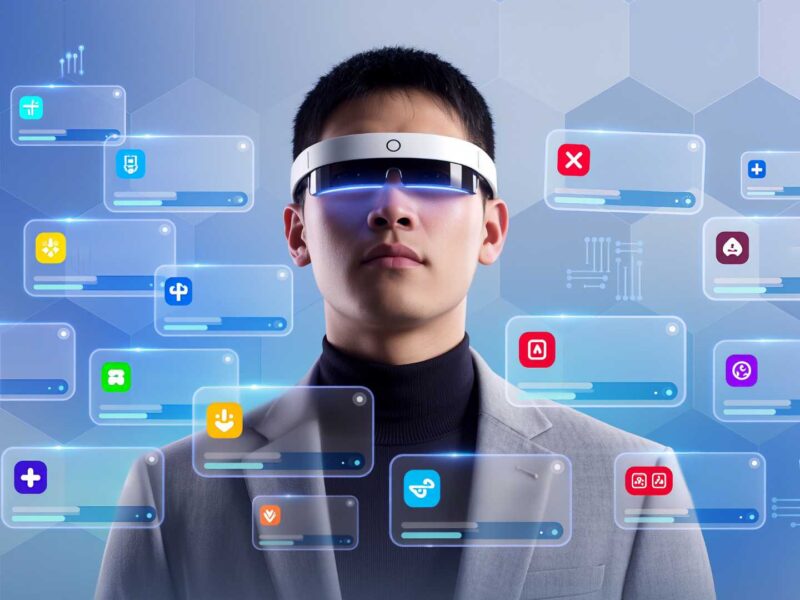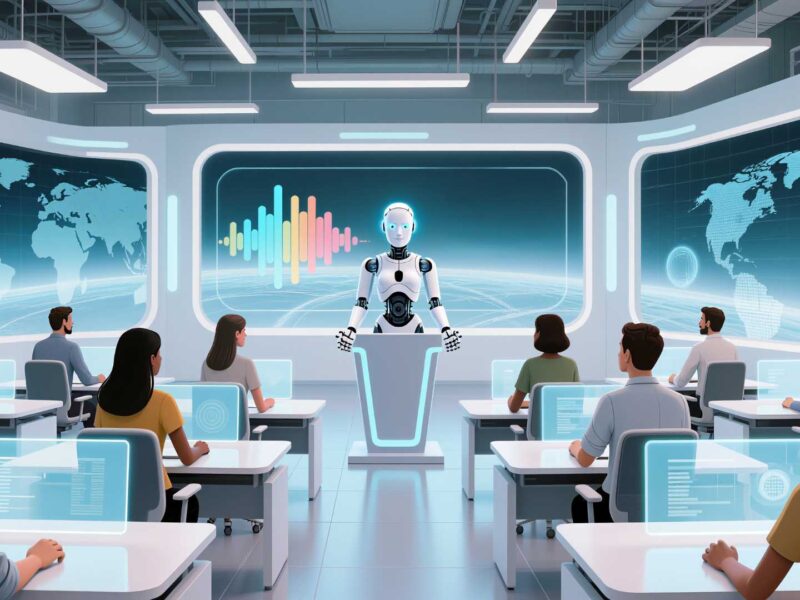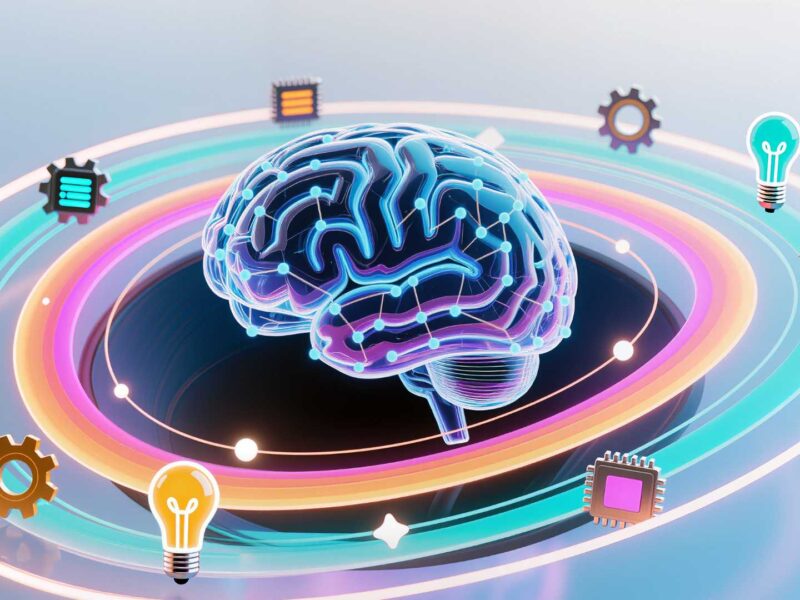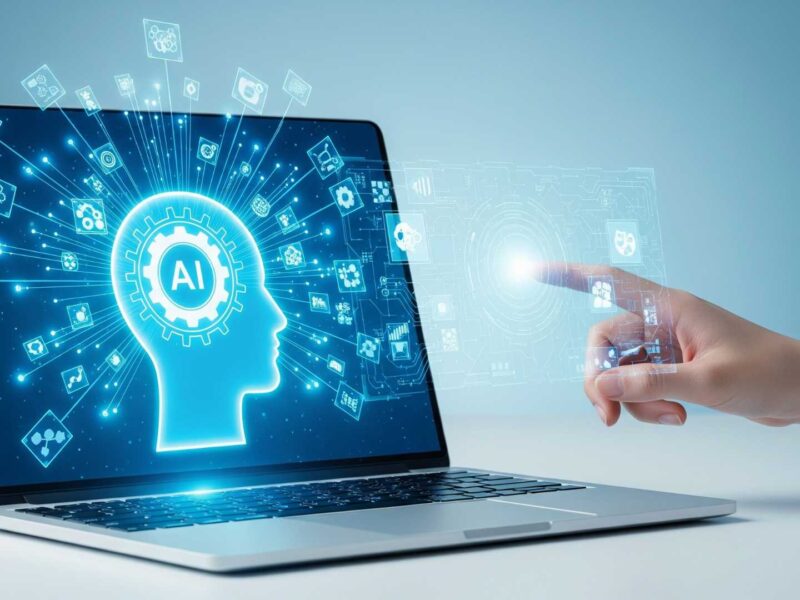From Headlines to Impact: Exciting AI Innovations in Action
AI innovations are captivating headlines, blending flash with practicality to transform workplaces and industries.
This Techronicler article compiles insights from business leaders, thought leaders, and tech professionals on standout AI advancements that caught their attention.
From generative code assistants accelerating development to emotion-aware collaboration tools enhancing creativity, these examples highlight AI’s role in personalization, efficiency, and human-centered design.
Experts praise adaptive learning platforms for upskilling and real-time threat prediction for security, emphasizing measurable impacts like reduced response times and boosted productivity.
Amid 2025’s agentic AI surge, these innovations underscore AI’s evolution from hype to essential tools, fostering innovation while addressing real-world challenges in education, software, and beyond.
Read on!
AI Tutors Enhance Educational Efficiency
The most practical innovation I’ve seen recently is for the use of AI models in education. While not “flashy” in and of itself, the capability for each student to learn in a manner that follows their own line of questions and reasoning while exploring new material is a game-changer.
In Chile, for example, the addition of AI to specific programs (e.g., “Quiero Ser Profe”, for high school students interested in careers in education) has not only shown that students are more willing to initiate conversations with AI agents.
AI responded 5 times faster than a teacher. This approach shifted routine, repetitive interactions away from teachers and, as a result, educators could spend more time on individualized support for students who needed it most.
What it means is that we’d better pay attention to the data used to train educational models to ensure the completeness of education using this approach.

Kevin Carlson
Partner, Fractional CTO & CISO, TechCXO
Code Assistants Accelerate Software Development
The rise of generative AI-powered code assistants is one of the most exciting new things in AI. These tools not only help developers write code faster, but they also make the code better by suggesting best practices, finding bugs early, and automating tasks that need to be done over and over again.
This useful use of AI is changing the way software is developed by speeding up the time it takes to get to market and making it easier for teams to work together.
Its ability to work in many different fields, from fintech to healthcare, where fast and reliable software deployment is very important, is what makes it so valuable.
This combination of speed and accuracy is a great example of how AI can help with everyday problems at work.

Arun Dhanaraj
VP of Cloud Practices, Mizuho
Meal Planning AI Simplifies Daily Life
One of the most practical AI tools launched recently is A Better Meal, an all-in-one meal planning app that uses AI to help individuals and families plan, shop, and cook smarter. While AI is often associated with workplace productivity, this tool applies those same time-saving principles to a space we all navigate daily: the kitchen.
It creates personalized meal plans based on dietary preferences, allergies, and schedules, then instantly turns those plans into grocery lists synced with apps, like Costco, Walmart, and Instacart.
It also lets users import recipes from anywhere (Instagram, Pinterest, blogs, and handwritten notes or recipe cards), and even includes short cooking videos to help build real skills and more confidence in the kitchen.
It’s a great example of AI doing what it does best — removing friction from everyday decision-making and helping users reclaim time, reduce stress, and enjoy better results.

Mark Semmelbeck
Founder & CEO, A Better Meal
Adaptive Platforms Boost Training Engagement
One notable AI application that is revolutionizing training in the workplace is real-time, adaptive learning platforms. These AI-enabled platforms assess how people learn and are able to dynamically adjust content to suit these learners’ personal learning speeds and types of, or styles of, learning.
In contrast to a traditional e-learning platform which provides static e-lessons, the AI is delivering a personalized training experience that grows with the learner. Learning is not just a function of speeding up the schedule in which the content is provided; it is also actively improving how the skill is learned and how quickly it is learned.
For companies hiring, this means more employee engagement, more effective upskilling, and a better return on training investment.
The value is clear, AI is not replacing training, it is improving training and making it more relevant in real-time needs, which is a game changer for efficiency in the workplace.

Ben Richardson
Director & Owner, Acuity Training
Notion AI Streamlines Project Management
A few weeks ago, I stumbled on an AI-powered project management tool that literally reads meeting transcripts and auto-generates action items, deadlines, and follow-ups—tailored to each team member’s communication style. It felt like watching admin work become self-aware.
The tool, called Notion AI Agenda Assistant, blends natural language processing with context-awareness. Unlike generic summarizers, it understands task relevance based on who said what, historical project data, and priority flags.
The brilliance lies in how it closes the loop—not just recording discussion, but translating it into an actionable, personalized roadmap. It’s especially valuable in mission-driven teams like ours, where bandwidth is tight and clarity is gold.
You walk out of a call and your dashboard is already updated. No more chasing tasks or clarifying next steps. This kind of innovation isn’t just flashy—it’s frictionless.
It restores time, energy, and focus while maintaining a very human-centered approach. For teams juggling multiple projects, it’s a game-changer.

Dionne Jayne Ricafort
Marketing Manager, CSO Yemen
Emotion-Aware AI Enhances Creative Flow
One innovation recently made me do a double take: real-time emotion-aware AI used in creative collaboration tools. Imagine co-writing a campaign or curating a virtual exhibit, and the AI not only suggests content but also adjusts its tone based on your emotional cues—whether you’re frustrated, inspired, or hitting a creative wall.
We tested an early version of this with an experimental design platform, and the difference was stunning. When I paused too long or repeatedly deleted sections, the AI subtly shifted from efficiency mode to encouragement—offering prompts that were more playful or curiosity-driven.
It felt less like a tool and more like a collaborator who understood the rhythm of my creative process.
In industries like ours, where the intersection of technology and expression is everything, emotionally intelligent AI isn’t just flashy—it’s the future.
It bridges the gap between function and feeling, helping teams stay in flow and make better, more human-centered work.

Carla Niña Pornelos
General Manager, Wardnasse
Claude’s Canvas Speeds Content Creation
Claude’s Canvas integration with Anthropic’s AI** caught my attention recently – it’s flashy because you can literally watch AI write, edit, and iterate on documents in real-time, but incredibly practical for content creation workflows.
At Ankord Media, I’ve been testing it for our ghostwriting projects where we help entrepreneurs craft thought leadership pieces. The tool lets me collaborate with AI to refine messaging while maintaining each client’s unique voice – something that traditionally required multiple revision cycles.
We’ve cut our initial draft time by 60% while actually improving quality. What makes this innovation special is the transparency – you see the AI’s thought process as it works, making it easier to guide toward your specific brand voice.
For our startup clients who need investor decks and pitch materials fast, this kind of real-time collaboration is game-changing. The AI becomes an extension of your creative process rather than a black box. The practical impact is huge for any content-heavy business.
We’re using it across everything from website copy to Forbes articles, and clients love seeing their ideas evolve in real-time during strategy sessions.

Milan Kordestani
CEO & Founder, Ankord Media
SASE AI Cuts Security Response Times
Working with over 350 cloud providers and implementing AI-driven network security solutions daily, I’ve been blown away by SASE (Secure Access Service Edge) platforms that now use AI to predict and prevent security threats in real-time.
These aren’t just flashy demos—they’re reducing our clients’ cybersecurity response times by 40% while cutting costs. What makes this particularly exciting is seeing mid-market companies that previously couldn’t afford 24/7 SOCs now getting enterprise-level AI threat detection.
One manufacturing client went from taking days to identify network anomalies to getting AI alerts within minutes, preventing what could have been a major ransomware attack.
The practical impact is huge: companies are consolidating multiple security tools into one AI-powered platform, slashing both complexity and costs. Instead of managing five different security vendors, they’re getting predictive threat intelligence that actually learns their network patterns and stops attacks before they happen.

Ryan Carter
Founder & CEO, NetSharx Technology Partners
Context-Aware AI Boosts Workplace Productivity
One recent AdaptAI innovation that impressed me, is a context-aware assistant that screens, audio, and even stress monitors to help users AdaptAI assists in real time. It doesn’t just perform automation; it describes encapsulated documents, drafts emails, and encourages respite breaks when it senses you are work stressed.
This combination of personalization and productivity improvement is an authentic advance in AI for the workplace. I was equally struck by Artisan AI, which provides fully self-sufficient “digital employees” capable of performing complete workflows within applications like HubSpot and Slack.
These are not mere bots; they are purpose-designed, ascribed to specific roles, and crafted to achieve concrete business outcomes. Both tools are emblematic of a defining ai shift: we are now transitioning from cool demos to true impact.
On behalf of the Techronicler community of readers, we thank these leaders and experts for taking the time to share valuable insights that stem from years of experience and in-depth expertise in their respective niches.
If you wish to showcase your experience and expertise, participate in industry-leading discussions, and add visibility and impact to your personal brand and business, get in touch with the Techronicler team to feature in our fast-growing publication.



